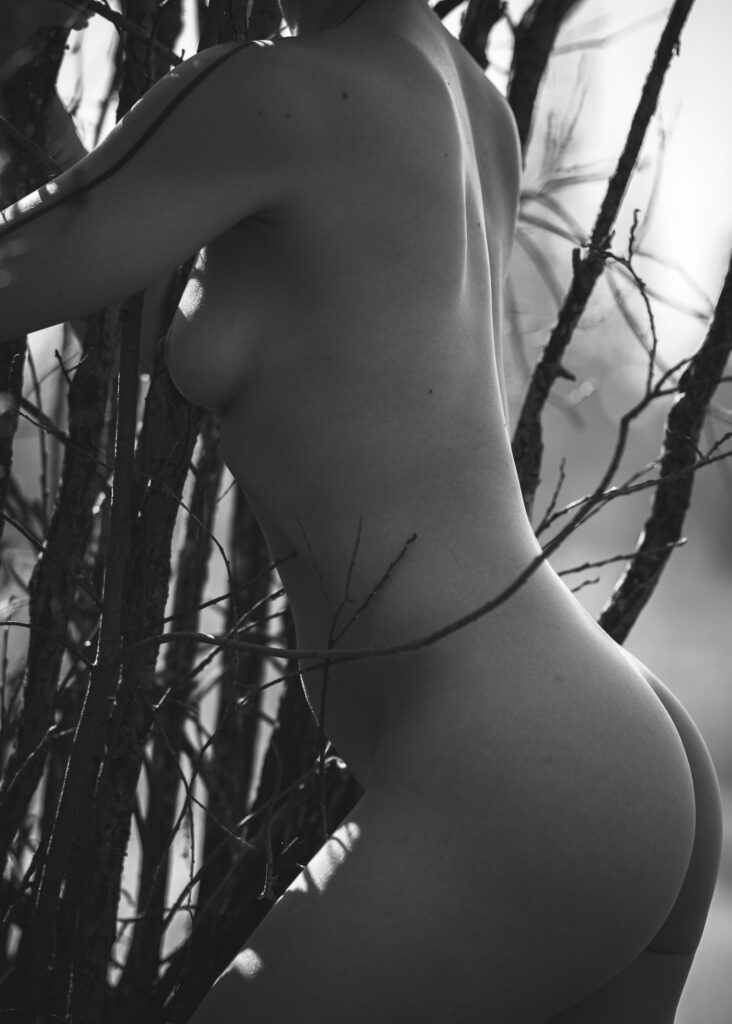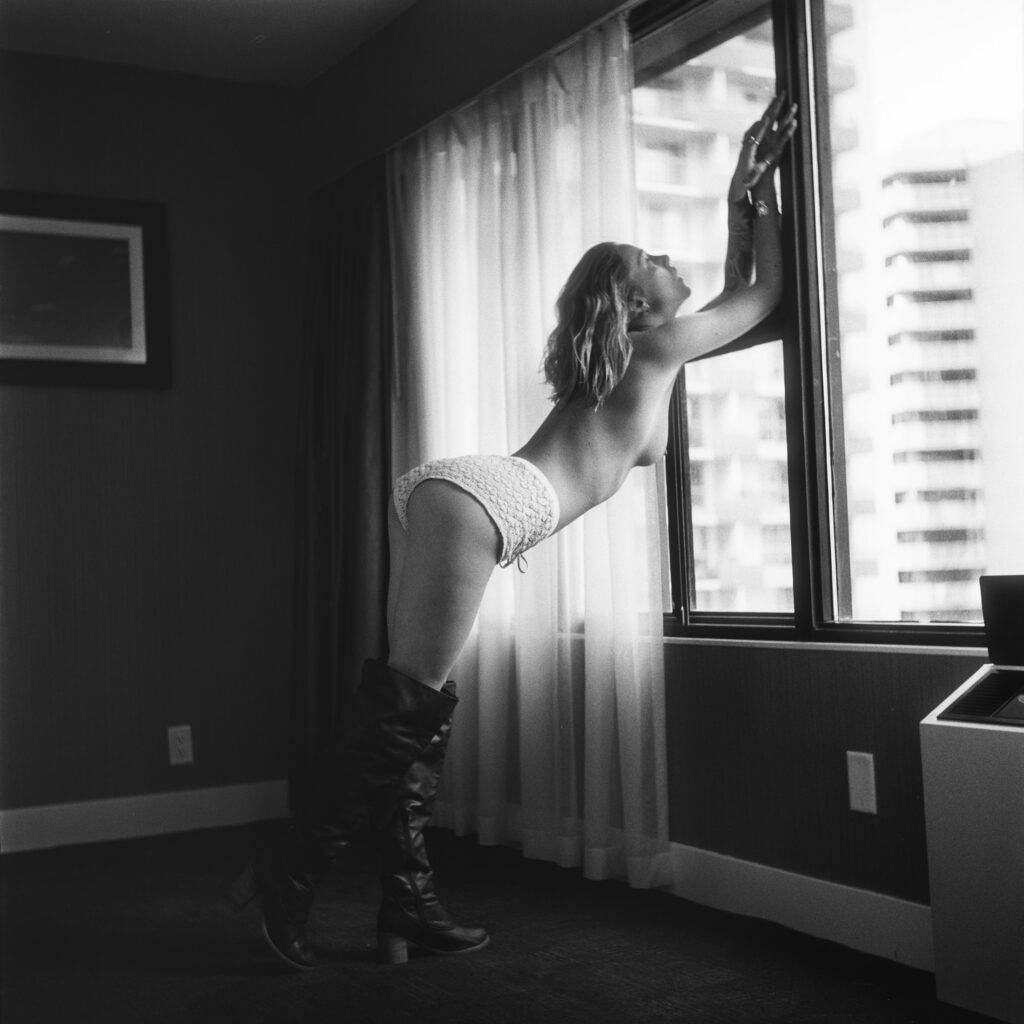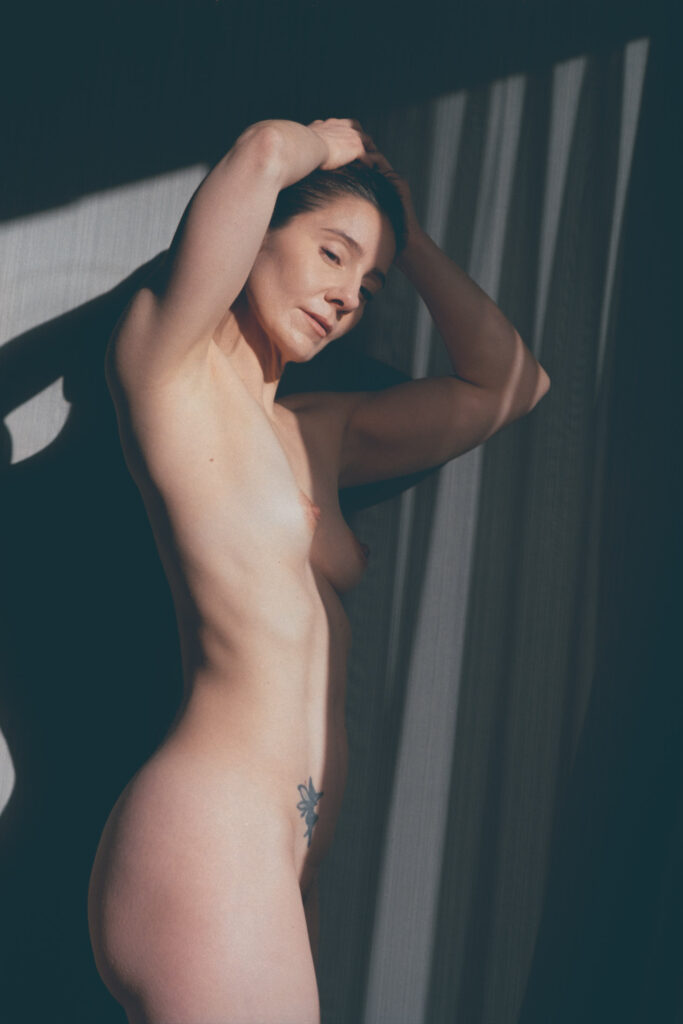
Why I Love Film: Part I
How I Learned to Stop Worrying About the Results and Love the Process.



For the Love of Invention
Film photography isn’t better it’s just different
Film photography is not better than digital but it has it’s own charm. In some ways and this could just be my imagination at work there is an authenticity that is hard to replicate in the digital world. Its greatest strength lies in the freedom it grants to seize moments and experiment with my vision. There’s a sense of serendipity and limitless possibilities every time I click the shutter. I’m encouraged to push past personal boundaries and embrace imperfect images all while staying 100% in a creative state of mind.

For the Art in Intention
Being deliberate with every shutter click.
Digital photography’s greatest strength lies in its immediate access to results, making it a game-changer for commercial, sport, and nature photography. Where the intention is to capture the best images possible under challenging circumstances, digital photography cannot be beaten. For wedding photographers, it offers numerous advantages. For example, it allows you to show clients the images as you shoot and assures having captured the shot, eliminating the need to wait for development. Not to mention, it’s very cost-effective in the long run, enabling you to shoot hundreds of images during the day, which could be cost-prohibitive with film. If I were still working in any of these genres, I would be using digital photography. However, that’s not the case.
Enter film photography—an opportunity to focus on my intention. Unlike the endless clicking and deleting in digital photography, every shot in film is a deliberate composition, carefully considered. Each click becomes more intentional, forcing us to think before we click.
The constraints of the film add another layer of purpose. We must carefully choose subjects, framing, and lighting, knowing we have only a limited number of chances. This encourages us to be conscious of our decisions and approach photography with a sense of purpose.
Film’s unique look, with its grain, tones, and texture, can be replicated with digital photography, though not 100%, but close enough for most. In film photography, the grain, tones, and textures are embedded in the image when you press the shutter. This constraint becomes a box that we must think outside of. Creativity doesn’t emerge from unlimited choices but rather from pushing beyond our limits.

The Craft of Attention
No screens means your focus shifts to the present.
With smartphones and modern digital cameras, our world has become dominated by screens often making it a challenge to stay present and fully engaged. Not so with film photography.
The beauty of film photography lies in its lack of screens. Unlike digital, we don’t get the instant luxury of an LCD screen to check and analyze our shots. Instead, focus our attention on composition, lighting, and our subject. Adjusting settings and composing each shot becomes an immersive process, free from the distraction of instant image review.
Without screens, our connection with the scene and the person in front of the lens deepens. Shooting with film requires us to engage and understand our subjects on a deeper level. Our focus isn’t on results but on the process and the present moment.
We become aware of the interplay of light, shadow, color, and texture for their purpose. We gain a heightened awareness of our surroundings and can more easily “read the room”. Being fully present allows us to adapt, resulting in images infused with depth and meaning that is hard to achieve when distracted by screens.

It’s All About Perception
I am a different photographer when I shoot film.
Perception undergoes a shift with film photography. Screens often dictate our visual world, providing instant feedback and allowing us to review and alter our images with ease.
This immediacy fosters a reactive approach, steering attention away from the present moment. In contrast, film photography, by eliminating screens and previews, compels us to adopt a more proactive, thoughtful stance.
The absence of real-time feedback demands a higher level of engagement with the scene and subjects. It encourages patience and a deliberate consideration of each shot, transforming the photographic process into a more mindful and meditative endeavor.
Through the lens of film, perception shifts from the quick-paced, instant gratification mindset of the digital era to a more deliberate, immersive experience that values the essence of the present moment.
The draw of film photography doesn’t lie not solely in the final results, but rather in the impact the process has on the overall outcome. It underscores the notion that the journey is as significant as the destination.
The intentional, hands-on approach demanded by film fosters a deep connection with the subject, scene, and the art itself. It prompts photographers to embrace patience, heightened awareness, and a commitment to craftsmanship.
Consequently, the resulting images bear the imprints of this process. For me, it’s a testament to the belief that it’s the mindful journey, the deliberate choices, and the commitment to the craft that shape the final results and impart a unique and authentic character.





